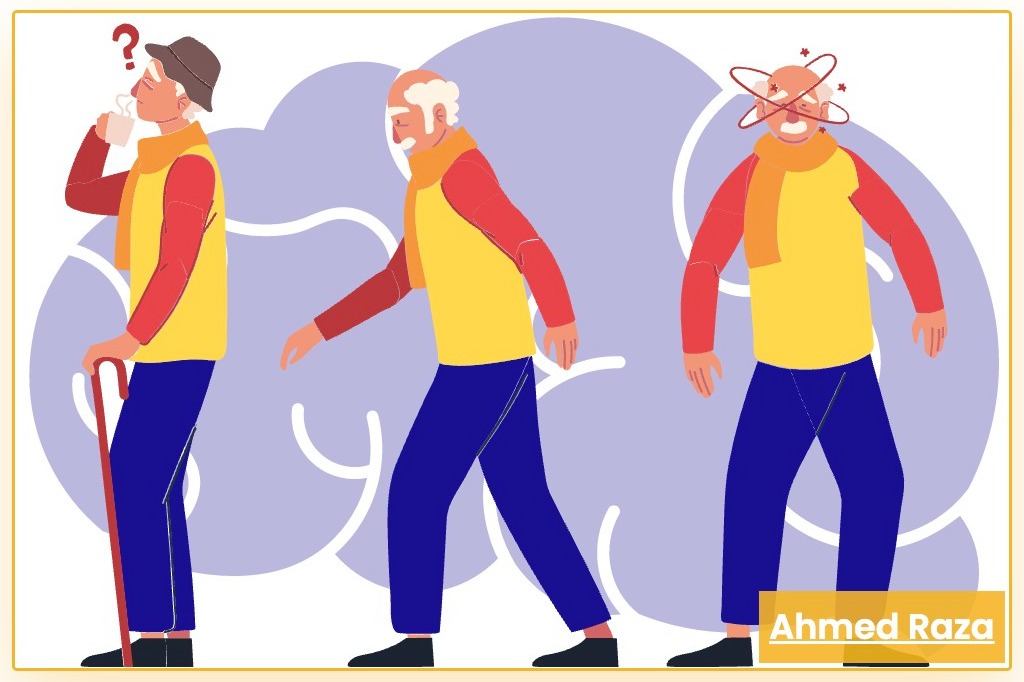|
Written by Caitlin Goodwin on Jan 21, 2021 Last reviewed and updated by Caitlin Goodwin on Oct 18, 2022 Caitlin Goodwin, DNP, RN, CNM, is a Board Certified Nurse-Midwife, Registered Nurse, and freelance writer. She has over twelve years of experience in nursing practice. Parkinson’s disease is a progressive nervous system disorder that affects movement. This neurodegenerative disorder affects cells in a specific area of the brain. According to the Centers for Disease Control and Prevention (CDC), the associated symptoms make Parkinson’s disease the 14th cause of death in the United States.
Parkinson’s disease causes stiffness or slowing of movement. It can start so gradually that it is often missed in the early stages. Empowering you and your family with information can help your family get an earlier diagnosis. This article will cover what to expect regarding Parkinson’s disease causes, symptoms, stages, diagnosis, and treatments. CausesThe cause of Parkinson’s Disease is mostly unknown. Those with Parkinson’s have low dopamine concentrations in their brain. However, some factors may increase the risk of Parkinson’s. Experts think that a combination of factors such as genetic mutations, lifestyle factors, and environmental effects cause the degenerative disorder. It is more likely to occur in men over the age of 60 years old. Chemicals like Trichloroethylene (TCEs) and Polychlorinated Biphenyls (PCBs) also increase the risk for Parkinson’s disease. SymptomsThe symptoms of Parkinson’s disease vary depending on how far the disease has progressed. Signs and symptoms are gradual and often start with a slight hand tremor. As the person with Parkinson’s advances along the spectrum, the signs and symptoms of the disorder worsen. Parkinson’s signs and symptoms include:
As the disease progresses, the following may occur as a result of the above symptoms:
Stages of Parkinson’s DiseaseThere are five stages of Parkinson’s disease.
DiagnosisDiagnosing Parkinson’s disease may be challenging as the symptoms are mild at first. There is no specific test that diagnoses the illness. A neurologist, a doctor specializing in nervous system conditions, will evaluate your case. If it is early in the process, a follow-up appointment may confirm worsening symptoms. The neurologist will ask questions like:
They will base their diagnosis on your medical history, signs, symptoms, and a neurological and physical exam. The neuro exam will cover mental status, balance, motor function, and a sensory exam. This will cover items like:
Your healthcare provider may order other tests, such as blood work or imaging like an MRI. However, instead of diagnosing Parkinson’s, these tests rule out other conditions that may be causing these symptoms. In rare cases, you may receive a dopamine transporter scan (DaTscan) to support the suspicion of Parkinson’s. Treatments There are many medical and surgical options for treatments for Parkinson’s, but no cure. Some medications will manage problems with walking, tremors, and movement by increasing dopamine. Dopamine cannot directly enter your brain. People with Parkinson’s disease have medication options:
Deep brain stimulation (DBS) is best for those with advanced Parkinson’s disease who have unstable responses to their drug regimen. However, it will not cure Parkinson’s nor stop it from advancing. Questions to Ask Healthcare Providers about Parkinson’s Disease Getting a diagnosis of Parkinson’s disease can seem overwhelming. For others, it may be helpful to finally understand the changes you’re experiencing. However, having a support network and working with your medical team is important. You should ask questions after the diagnosis, such as:
Bottom line While the cornerstone of Parkinson’s disease is worsening symptoms, there are ways to reduce them as the disease advances. The most crucial part of the treatment plan is a supportive network, coping tools, and safety measures. Coping tools include meditation, tai chi, yoga, or seeing a trusted therapist. If balance becomes a problem, it is crucial to prepare the bathroom with grab bars and remove rugs. An occupational therapist can help with other strategies to promote safety. Unfortunately, treatment cannot cure Parkinson’s disease, but you can manage the symptoms. Contact your healthcare provider or neurologist to start the conversation if you suspect that you or a loved one is symptomatic with Parkinson’s disease. If you have questions about performing CPR for those with dementia, Pacific ACLS provides courses and a guide to first aid for people with dementia to give you a more in-depth look. Works Cited
Comments are closed.
|
